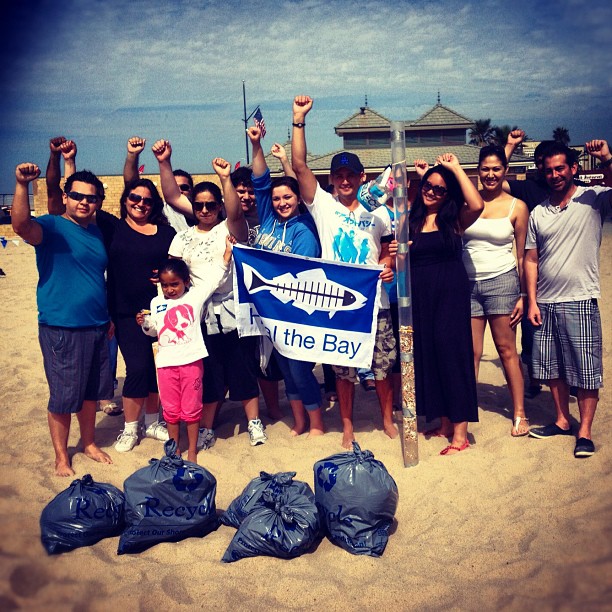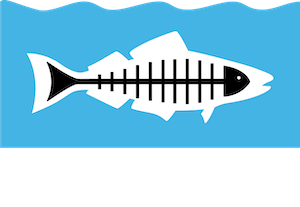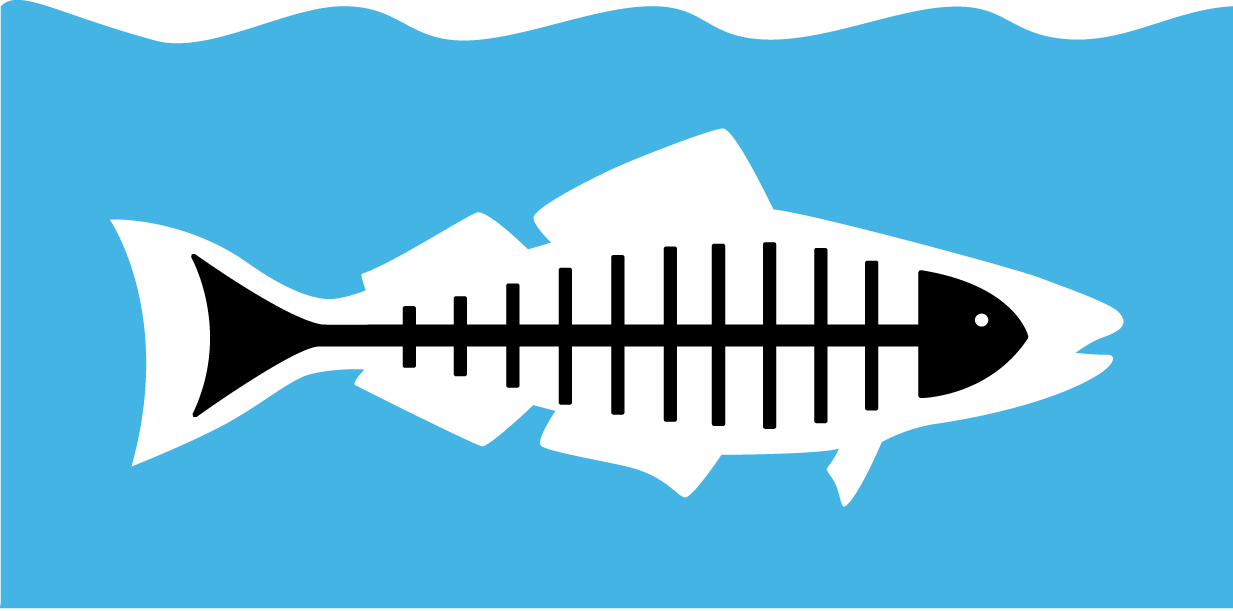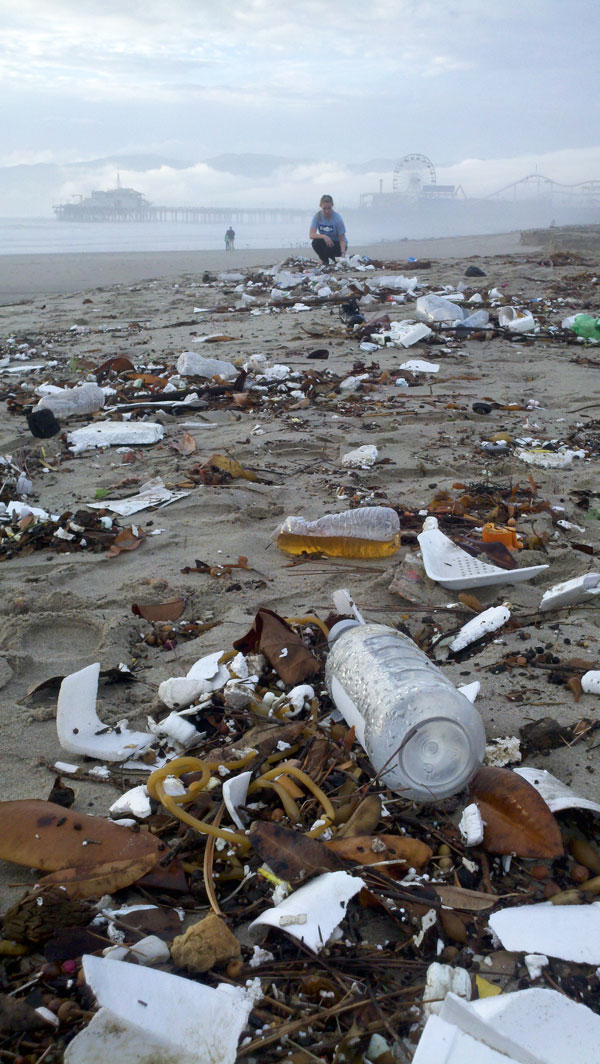Heal the Bay has been fighting to protect our local waters since 1985 and we’ve made a lot of friends along the way who steadfastly support our efforts.
For almost 20 years, actress and glamour gal Amy Smart’s been in our corner, fearlessly speaking up against plastic pollution. A Heal the Bay board member, Amy is often called upon to help us in our campaigns, whether it’s advocating for a Los Angeles plastic bag ban or Coastal Cleanup Day. Yet, she still finds creative ways of supporting us, including teaming up with her favorite clothing designer, Rachel Pally. Through October 13, Rachel Pally is donating 20% of all her proceeds to Heal the Bay. Thank you to Amy and Rachel for your help in sustaining our mission.
We also thank one of our neighbors, Rusty’s Surf Ranch. Bring your kids to the Aquarium on Tuesdays at 3:30 p.m. to help feed our sea stars, then head upstairs to Rusty’s Surf Ranch on the Pier where kids eat FREE with proof of Aquarium entry! One child’s meal is free with the purchase of an adult entree. Thank you, Rusty’s!
We’d like to take the time to thank the Grousbeck Family Foundation. If you check our Beach Report Card before you swim or surf, then you’ve benefited from their support. We appreciate their help in sustaining this valuable public health tool.

We wish the Riding Currents team a bon voyage as they head south on their expedition along the California Coast, collecting water samples for us along the way! We’re grateful for the help gathering data for our water quality monitoring.
Last Saturday, employees from Feit Electric (pictured, right) did their part, by cleaning the beach in Hermosa and helping us defend our Bay from pollution! Thank you, Feit!
Protect your car and the ocean with the Ford Motor Company’s Community Changes program. Thank you, Ford! Get your next oil change through this program at one of four local dealerships (it doesn’t matter what make of car you drive) and name your price. Whatever amount you choose to pay will go directly to Heal the Bay. Register here.
It’s not too late! Order a tank or tee-shirt from Honu Yoga and they’ll donate 20% to Heal the Bay! Namaste. And, all through October, Casmaine Boutique (2914 Main Street in Santa Monica) will support Heal the Bay with every purchase of women’s clothes, jewelry or home décor.
Want to see your name here? You and/or your company can also help support Heal the Bay’s work to keep our local waters healthy and clean. Learn how.



